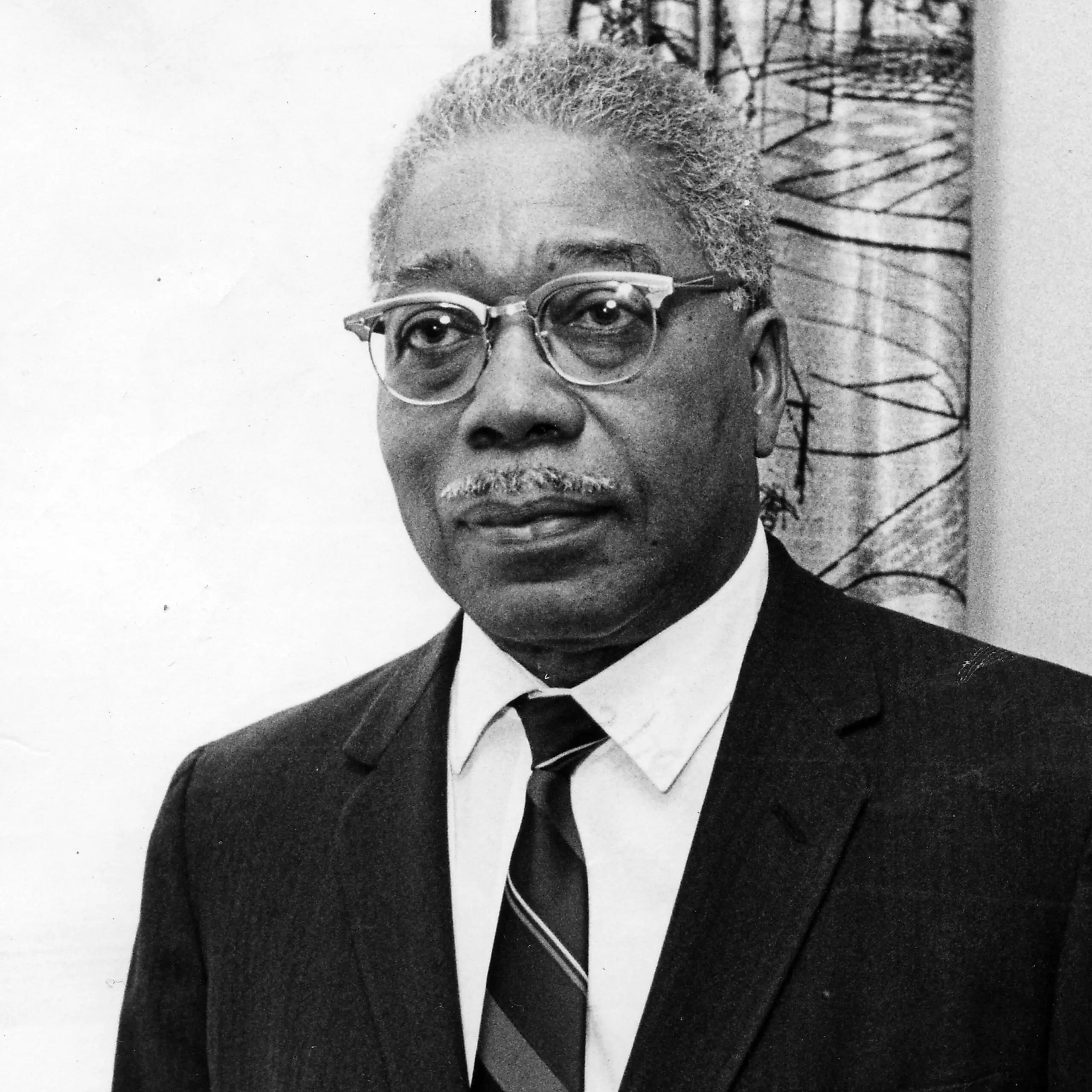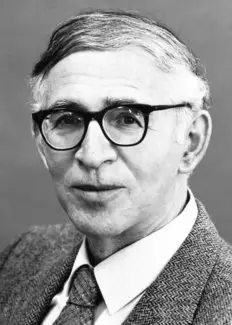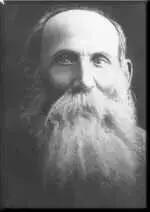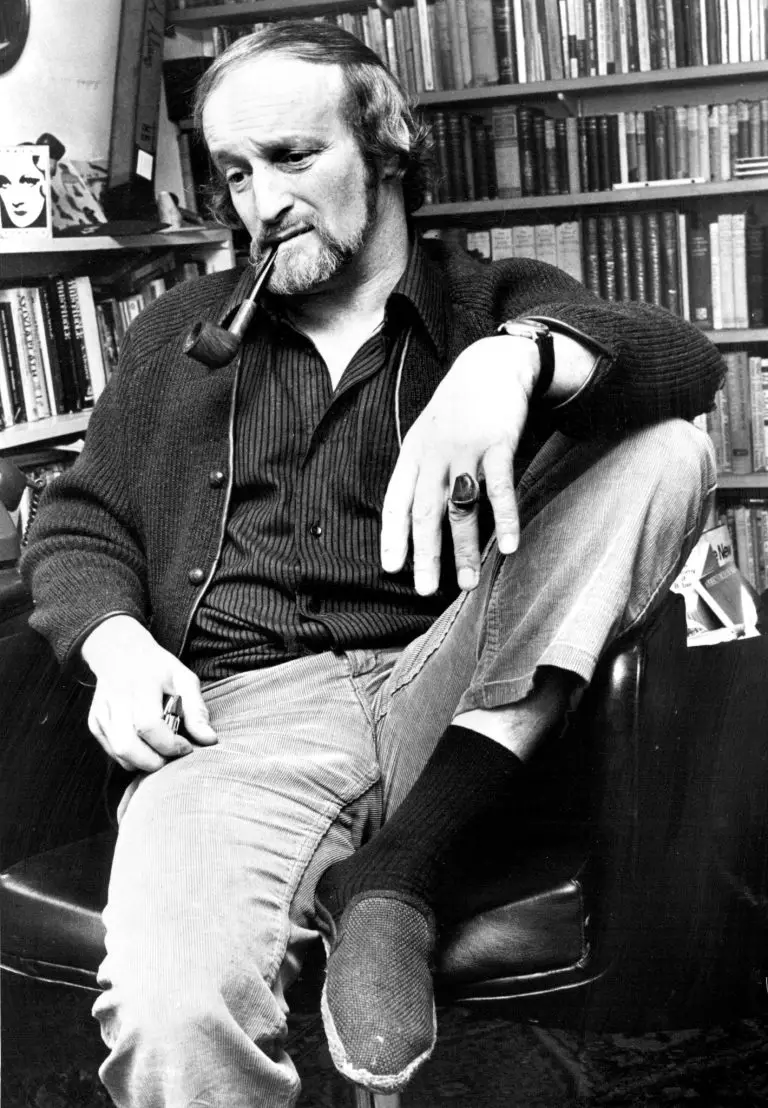Exploring The Artistic Journey: Aaron Douglas Biography
Delving into the fascinating realm of art history, we spotlight the illustrious life of Aaron Douglas. Considered the ‘Father of African Art,’ Douglas’s biography is an epic tale of talent meeting opportunity. Born into the era of the Harlem Renaissance, he challenged traditional norms and defied racial barriers with his bold designs and distinctive painting style.
Our exploration of Aaron Douglas Biography embarks on a journey through times of revolution and resilience. His art, a vivid chronicle of Black culture and history, is admired, analysed, and celebrated, painting the picture of a man whose influence transcends time and continues to inspire. Dive in and let’s traverse through the life, art, and legacy of the remarkable Aaron Douglas.
A Comprehensive Exploration of Aaron Douglas’s Biography
In our attempt to understand the life and works of Aaron Douglas, we delve into his early life, education, career, and significant influences. Let’s explore how this extraordinary man became a cornerstone of African American art and culture.
Early life and Education: Unearthing the Roots
Aaron Douglas was born on May 26, 1899, in Topeka, Kansas. His parents were Aaron and Elizabeth Douglas, both with a love for literature and music, which deeply influenced their young son.
After graduating from Topeka High School, Douglas furthered his education at the University of Nebraska, Lincoln. Here, he completed his bachelor’s degree in Fine Arts in 1922. His thirst for knowledge didn’t stop there, as he later pursued further studies at the University of Kansas, and then at Columbia University, where his major was in Art.
Aaron Douglas’s Leap Towards His Artistic Career
Douglas’s journey towards becoming a renowned figure in art started in 1925 when he moved to Harlem, New York. He became a part of the Harlem Renaissance, a cultural, social, and artistic explosion that took place in Harlem in the middle of the 1920s.
Upon his arrival in Harlem, Douglas started creating illustrations for magazines like The Crisis and Opportunity. His distinctive style, a combination of modernism and African motifs, gained him significant recognition in the world of art.
Major Works & Achievements
Aaron Douglas completed several landmark works throughout his illustrious career. The murals he created for public buildings are considered his most significant achievements. These include the “Aspects of Negro Life” for the New York Public Library and the “Evolution of Negro Dance” for the Texas Centennial Exposition in Dallas.
He continued to create artwork that pushed boundaries, adding further to his recognition and success. His unique style and approach to art made him a highly sought after artist; his work often depicted the African American experience and history.
Teaching and Influence on Future Generations
Douglas’s influence extended beyond his artwork. He began his teaching career at Fisk University in Nashville in 1937, where he influenced generations of young artists. His commitment to education led him to establish the Art Department at Fisk University. Additionally, Douglas served as the department chairman until his retirement in 1966. His impact on his students was profound as he believed in harnessing their creativity and idea exploration.
Legacy: Continuing to Inspire After Death
Aaron Douglas passed away in 1979, but his work continues to inspire artists and admirers alike. He is remembered not only for his unique style but also for his contribution to African American culture and the art world. His innovative and unique artistry played a significant role in redefining African American art.
To this day, his work is prominently displayed in esteemed institutions such as the Metropolitan Museum of Art, the National Gallery of Art, and the Museum of Modern Art, among others.
In conclusion, Aaron Douglas’s life was marked by continuous evolution as an artist and educator. His pioneering work in the Harlem Renaissance and his significant influence on generations of artists have secured his place in art history. His relentless pursuit of creative expression, coupled with his commitment to education and cultural representation, has left an indelible mark on the world of African American art and culture. This exploration of Aaron Douglas’s biography gives us a glimpse into the man behind some of the most celebrated works of art in American history. His life story, just like his art, remains a source of inspiration to many.
52 for 150: What's So Special About Aaron Douglas?
Frequently Asked Questions
Who was Aaron Douglas and what is he known for?
Aaron Douglas was an American painter, educator, and illustrator. He was a leading figure of the Harlem Renaissance, an intellectual and cultural revival of African American music, dance, art, fashion, literature, theater and politics in the Harlem neighborhood in New York City in the 1920s. Douglas is best known for his work which combines aspects of modernist art with African and African American images and themes.
What was the significance of Aaron Douglas’ work during the Harlem Renaissance?
Aaron Douglas was a pivotal figure in the Harlem Renaissance. His work was groundbreaking because he was one of the first artists to depict African American heritage and experiences through the lens of modernism. He used African motifs and jazz rhythms in his paintings and illustrations, effectively conveying the vibrancy, complexity, and richness of African American life during that era.
Can you provide details about Aaron Douglas’ educational background and early career?
Aaron Douglas began his educational journey at the University of Nebraska, where he attained his Bachelor’s degree. Later, he moved to Kansas City to teach at Lincoln High School. His artistic career blossomed when he moved to New York in 1925, where he quickly became an integral part of the Harlem Renaissance. He studied under German artist Winold Reiss and his work was influenced by the European modernist movements of the time.
What are some of Aaron Douglas’ most notable works?
Some of Aaron Douglas’ most notable works include the ‘Aspects of Negro Life’ series, which he painted for the New York Public Library in 1934. This series comprises four murals that depict the journey of African Americans from slavery to the present time. Other significant works include ‘Into Bondage’ and ‘The Prodigal Son’.
What impact did Aaron Douglas have on future generations of artists?
Aaron Douglas had a profound impact on future generations of artists. His unique blending of African motifs with modernist painting techniques paved the way for new forms of expression and representation. His work continues to inspire contemporary artists and serves as a powerful testimony to the rich cultural heritage and historical experience of African Americans.
Final Thoughts
Aaron Douglas Biography concludes by underscoring the artist’s remarkable impact on the Harlem Renaissance. An influential painter and illustrator, Douglas utilized Afrocentric themes to convey powerful narratives of the African American experience.
His unique style, blending modernism and traditional African art, broke racial barriers and paved the way for future generations of black artists. As a trailblazer in art education, Douglas forged paths to artistic recognition for African Americans, ensuring their invaluable contributions would not be sidelined.
In conclusion, Aaron Douglas Biography is an inspiring journey of an artist who defied odds, inspired many, and left an indelible mark on the tapestry of American art and culture.







